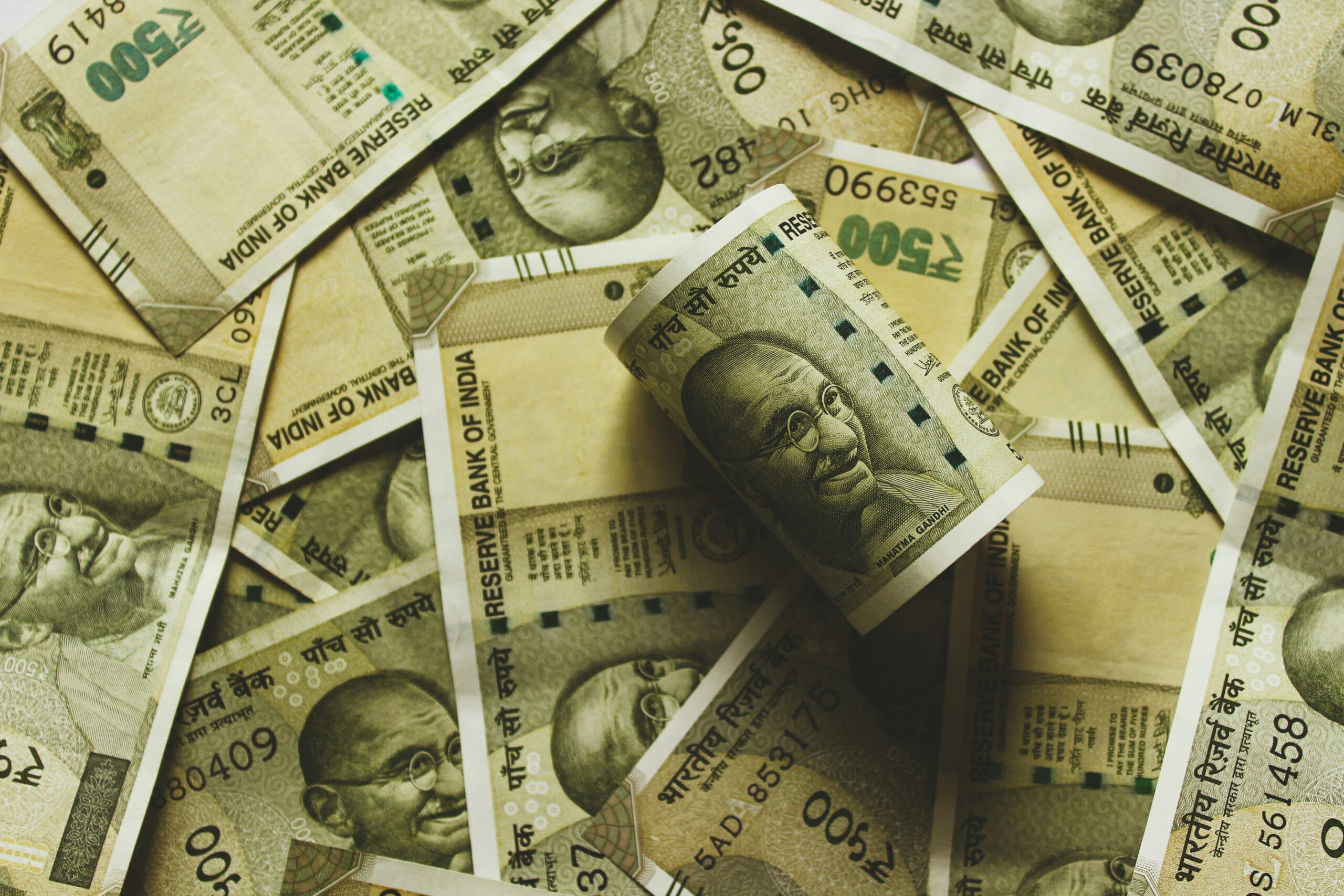The Indian rupee saw a modest recovery on December 20, appreciating by 6 paise to open at Rs 85.07 against the US dollar in early trade.
This comes after it hit an all-time low of Rs 85.13 the previous day, depreciating by 19 paise.
The currency briefly stabilised during the session, trading at Rs 85.10 by midday, as foreign exchange markets navigated a mix of global and domestic pressures.
While this rebound offers a sliver of optimism, significant headwinds persist, raising concerns over the rupee’s stability in the near term.
Dollar strength drives rupee’s decline
The rupee’s struggles can be largely attributed to the ongoing strength of the US dollar, supported by global economic conditions.
The Dollar Index (DXY), which measures the greenback’s performance against a basket of six major currencies, edged up by 0.03% to 108.43.
Forex traders cited the Federal Reserve’s cautious stance on future rate cuts as a contributing factor.
The central bank recently reduced its expected number of rate cuts in 2025 from four to two, bolstering the dollar and placing emerging market currencies, including the rupee, under considerable pressure.
Domestically, the Reserve Bank of India’s (RBI) limited intervention and tightening liquidity in the banking sector have amplified challenges for the rupee.
Analysts predict that the USDINR pair will remain within the Rs 84.70 to Rs 85.20 range in the short term.
Foreign Institutional Investor (FII) outflows have further strained the currency.
On December 19, FIIs sold shares worth Rs 4,224.92 crore in Indian capital markets, extending their recent trend of offloading assets.
Meanwhile, falling equity markets are also weighing on sentiment.
The BSE Sensex slipped 145.13 points to trade at 79,072.92, while the NSE Nifty declined by 17.40 points to 23,934.30.
Weakness in equities often exacerbates currency depreciation by reducing investor confidence in the local market.
Oil prices offer temporary relief
Amid these challenges, declining crude oil prices have emerged as a rare positive for the rupee.
Brent crude futures dropped by 0.62% to $72.43 per barrel, alleviating pressure on India’s import bill.
As one of the world’s largest oil importers, lower prices provide some cushion to the rupee by narrowing the trade deficit.
This relief may be short-lived if global oil prices rebound or other external pressures intensify.
Despite its marginal recovery, the rupee faces a tough road ahead.
Sustained dollar strength, domestic issues such as limited RBI intervention, and persistent FII outflows will likely keep the currency under pressure.
In the near term, analysts recommend a cautious outlook, with the rupee expected to consolidate within its current trading range.
Without significant policy intervention or a reversal in global trends, the rupee’s path to sustained recovery remains uncertain.
The post Indian rupee rebounds slightly after hitting record low of Rs 85.13 appeared first on Invezz

